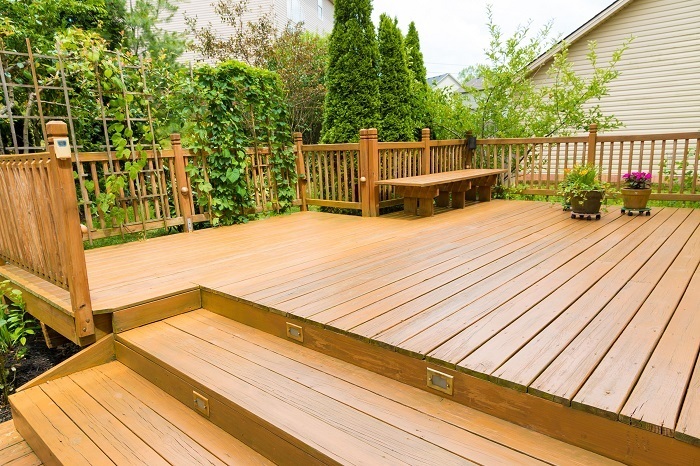
If you're planning construction work in the coming years, you're aware of how difficult it may be to obtain construction materials that match your needs. A new substance has emerged on the scene as a result of recent advances, and it is turning attention.
WPC (Wood-Plastic Composite) is the name of the substance, and it has the potential to transform the building industry forever. Let's learns about the different aspects of Wood-Plastic Composite.
As its name suggests, wood-plastic composite (WPC) is a material made from a unique mixture of natural wood and plastic fibres. To make WPC, sawdust, bamboo, pulp, peanut hulls, and discarded woodworking materials like bark from various projects are mixed with plastic powder.
The most noteworthy aspect of wood plastic composite is that it can be made totally out of recycled materials gathered from C&D activities, wood product production facilities, and other sources. To top it off, spent WPC can be recycled to make new WPC, making it the ideal recyclable material.
The wood-plastic composite may be moulded to practically any form and size, even arched or bending shapes, because it is made from a paste. WPC may be dyed or tinted to fit almost any design scheme because of its inherent versatility.
Wood-plastic composite is moisture-resistant and rot-resistant, which means it will endure visually and functionally longer than traditional wood. WPC is also more heat-resistant than conventional lumber, allowing it to be utilized in places where traditional timber would bend or warp.
WPC may be utilized for several building projects in the same way as natural timber may, depending on which substance the sawdust is combined with — polyethene or polypropylene. Drilling, planing, and sanding are all as simple with WPC as they are with wood.
Wood fasteners, such as nails and screws, may even acquire a more incredible grip in WPC than in ordinary wood, according to construction pros. Furthermore, when screws are utilized toward the end of the boards, WPC is less prone to split or break, which is a typical problem with genuine wood.
We have prepared a list of five benefits of using Wood-plastic Composite. They are:
Unlike traditional wood decking, WPC requires relatively little care since it does not require frequent sanding, varnishing, sealing, or staining. Simple cleaning procedures may be used to clean it. Spend less time cleaning your deck and more time enjoying it after a hard day at work!
WPC decking has slip-resistant patterns (such as grooves) and does not splinter like traditional wood decking, making it a safer option for children, pets, and the elderly.
Because WPC decking is a combination of wood and plastic, it has the strength of both materials. Due to the extra power from the thermoplastic components, WPC decking has a substantially longer lifespan than standard regular decking. It becomes more resistant to corrosion, rotting, decay, termites, and mildew with a decreasing wood content.
WPC decking is made up of wood fibres that are renewable and recyclable and plastic elements. The wood fibres are generally collected from waste wood manufactured by lumber mills, which would otherwise be thrown away or dumped in landfills.
This breathes new life into the material while also ensuring that no new trees are taken down to make the decking. Furthermore, wood-plastic composites melt at lower temperatures than pure plastics, resulting in decreased energy use.
Traditional wood decking may appear to be less expensive at first, but WPC is more cost-effective in the long term. This is because, unlike conventional wood decking, WPC requires less care and does not crack, splinter, rot, or warp.
Because it is waterproof, WPC is the best choice for pool decking. When exposed to dampness and standing water, traditional wood decking swells and warps.
Wood Plastic Composite Decking is the result of cutting-edge research and efficient manufacturing techniques. They increase your home's cosmetic and practical worthwhile, also saving you money in the long term.
These robust and long-lasting decking may be used for decking, furniture, and fences, among other things. Many modern households are opting for WPC decking as a prudent investment in their houses' future.
 Call Now
Call Now